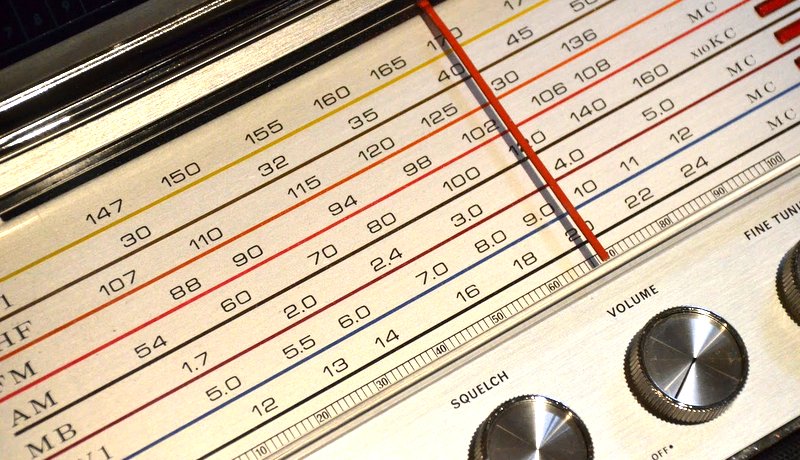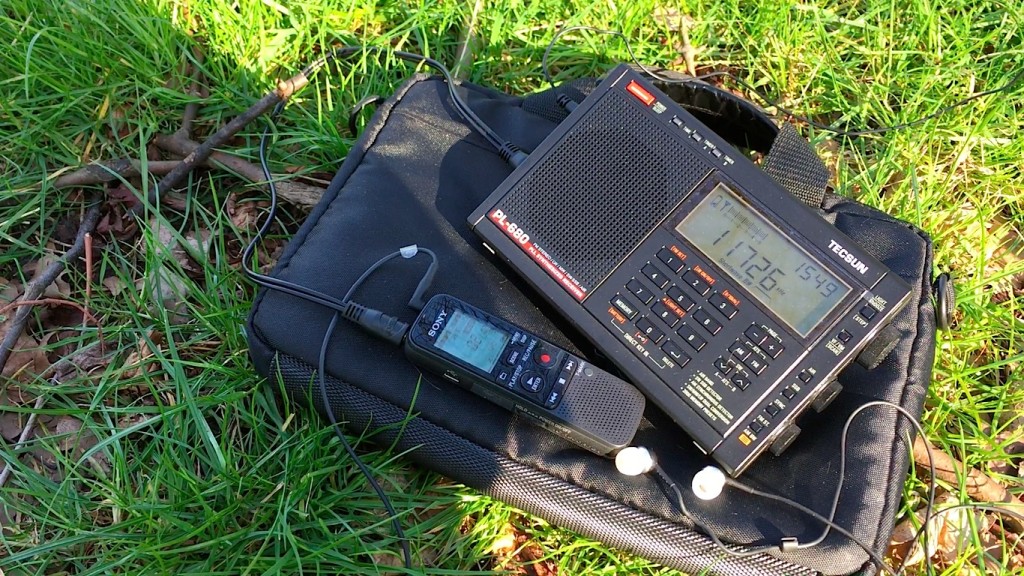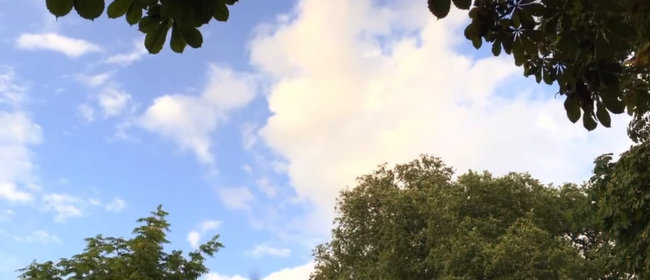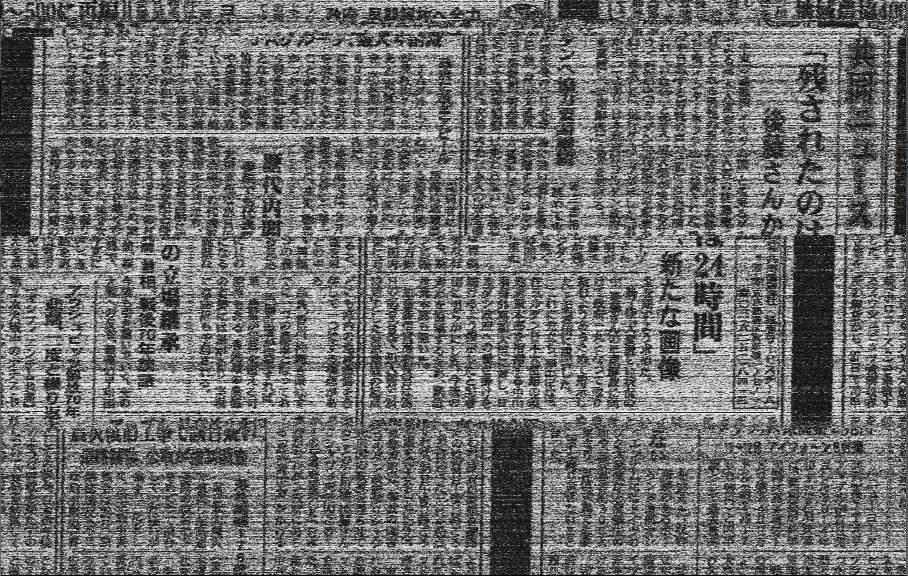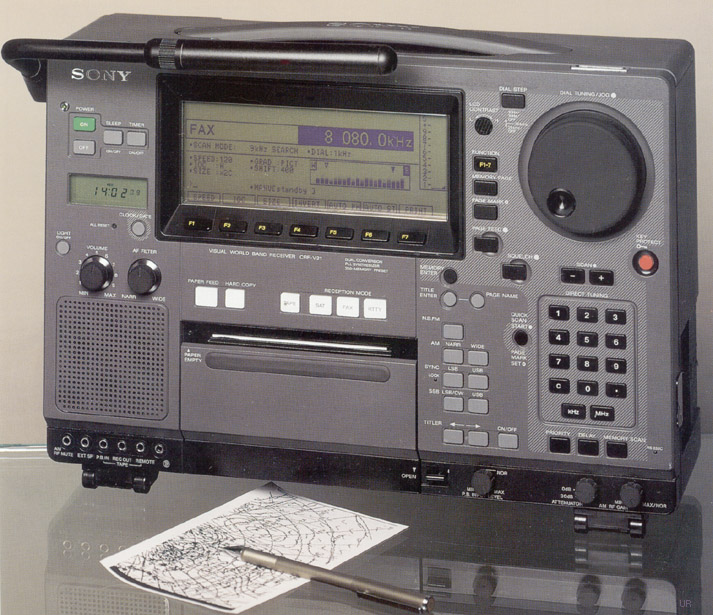(Source: Vatican Radio via London Shortwave)
Vatican Radio’s English SW broadcast to Asia come to an end
Vatican Radio’s English shortwave broadcast for Asia has come to an end, with its last transmission going out Friday evening, after nearly 60 years of service. However this does not mean it has disappeared altogether. What ultimately closed on March 24 as Vatican Radio’s English Service for Asia, is however very much alive online on Vatican Radio’s website. The gradual phasing out of Vatican Radio’s shortwave frequencies is seen as part of the reform of the Roman Curia or the central administration of the Catholic Church here in the Vatican, called for by Pope Francis. The Pope established the new dicastery or office of the Secretariat for Communications on June 27, 2015, ?bringing 9 media bodies of the Vatican, including Vatican Radio, under the Secretariat’s direction, with the purpose of overhauling, streamlining and ultimately merging them as a cohesive unit.
What ended on March 24 as Vatican Radio’s English Service for Asia began way back in 1958. The only ?English programme of Vatican Radio then, headed by Jesuit Father Thomas O’Donnell, was repeated a number of times in different directions, ?including towards Africa and South Asia. It was a weekly 10-minute news broadcast for India, Pakistan and Sri Lanka. However, the need for special programmes adapted to the ?distinctive cultural needs and tastes of Africa and South Asia gave way to independent programmes for ?these two regions. ?In 1964 South Asia got a boost when Pope Paul VI visited Bombay (today Mumbai), India for the 38th International Eucharistic Congress from 2nd to 5th of December. Hence in May 1965, the Indian Section officially came into being with a 10-minute broadcast twice a week each in the evening in Hindi, Tamil and Malayalam , while English went on air daily Monday through Saturday. In 1982, all the four languages began re-broadcasting their evening programmes the following morning. Three years later – on May 12, 1985, the Malayalam programme got extra airing time, broadcasting for 15 minutes in the morning, whereas the rest continued broadcasting for 10 minutes.
In 1986, Pope John Paul II visited India from January 31 to February 11. Just prior to this visit, on January 7th that year, Hindi, Tamil and English were given extra time, and so all the four languages began broadcasting daily for 15 minutes each, in the morning, which was a feature programme. The evening transmission consisted of 6 minutes of news only. By the end of 1986 the evening 6-minute news increased to 10 minutes and was repeated the following morning.
On March 25, 1990, Hindi, Tamil Malayalam and English began broadcasting for 15 minutes each, repeating it the following morning. And from Sept. 23, 1993, the four languages were transmitting for nearly 20 minutes each, repeating the evening programme twice the following morning.
It was on Oct 24, 1993 that the fifth language, Urdu, that is spoken mainly in Pakistan but is also widely followed in India, especially in the north, was added to the Indian Section. It began with a 7-minute Sunday programme, as part of the Hindi programme. On March 30, 2003 Urdu became a stand-alone programme, broadcasting for 15-minutes on Sundays and Wednesdays, and repeated the following mornings. The Urdu programme however closed down in September, 2013, after nearly 20 ?years of service.
On May 16, 2015, Vatican Radio marked the 50th anniversary of its Indian programmes with a ?Holy ?Mass and a reception.

